Un enigma en la pared de mi cuarto / An enigma on my bedroom wall (Esp-Eng)
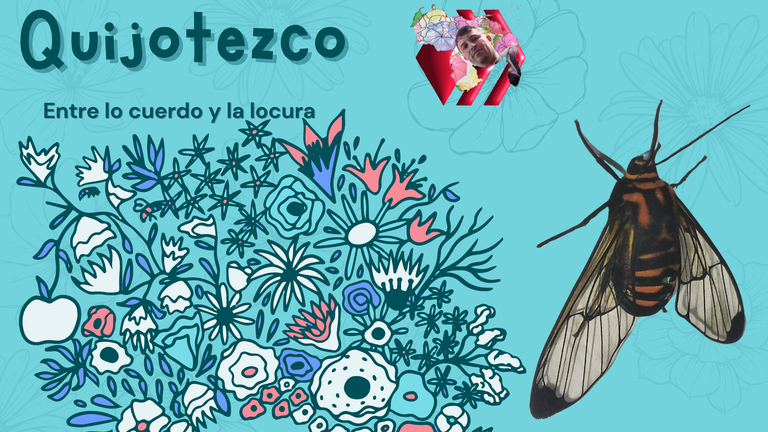

Bienvenidos

Welcome
Hola!
Yo nunca imaginé que apenas al levantarme en la mañana, mientras el sol se colaba por las ventanas de la casa, encontraría un visitante inesperado en la pared del cuarto. Al principio, pensé que “¡Una abeja!” había entrado por algún lado, pensé, que la forma de su cuerpo, sus colores vibrantes y el modo en que descansaba sobre la superficie de la pared, podría ser una abeja capaz de picar. Mi esposa e hija le tienen respeto a las abejas… Pero algo no me encajaba. Sus alas, finas como una lámina de cristal, parecían demasiado delicadas para pertenecer a una abeja, además de su contextura y tamaño.
Parecían más un abejorro en el aire que la estructura de vuelo de una abeja, así que, mi miedo inicial se disipó un poco y me acerqué con mucha cautela, examinando cada detalle de aquel insecto que parecía observarme con la misma curiosidad.
No era una abeja, de eso estaba seguro y tampoco era una avispa. Era una polilla!!! Y la reconocí porque pude observar en sus antenas una vellosidad característica de las polillas. Pero era cualquier polilla. Son una criatura única, diseñada por la naturaleza para engañar a los ojos de nosotros los humanos. Su cuerpo, sus colores, su forma de posarse en la pared… Todo estaba meticulosamente adaptado para que cualquiera la confundiera con algo más peligroso de lo que realmente era.
Investigando un poco en la red, descubrí que este fenómeno se llama mimetismo batesiano (ver: https://es.wikipedia.org/wiki/Mimetismo_batesiano): que significa cuando un ser inofensivo copia la apariencia de una especie peligrosa para sobrevivir. En otras palabras, esta polilla tenía el disfraz perfecto, un escudo contra los depredadores.
A medida que leía y aprendía más, mi fascinación crecía. Supe que probablemente pertenecía a la familia Sesiidae, un grupo de polillas que han desarrollado la asombrosa capacidad de parecerse a avispas o abejas, convirtiéndose en maestras del engaño evolutivo. (ver: https://es.wikipedia.org/wiki/Sesiidae)
Pero lo más impresionante de todo eran sus alas. Por lo que me preguntaba: ¿Cómo podía tener aquella transparencia casi mágica? La respuesta estaba en su estructura. A diferencia de otras polillas cubiertas de escamas densas, esta especie había evolucionado de manera distinta: había perdido la mayoría de las escamas en sus alas, dejando solamente las venas y una membrana delicada e incolora. (ver: https://www.mnhn.gob.cl/noticias/las-escamas-de-los-lepidopteros)
Ese rasgo le daba una ventaja formidable ante los depredadores, que la hacía parecer ligera y rápida, para lograr evitar el ataque de depredadores. Además, su engaño era aún más convincente, porque su estructura alada le otorgaba un aire etéreo, como si flotara entre dos mundos.
Observé al pequeño insecto por varios minutos. Lo que había comenzado como un pequeño susto se había transformado en un momento de aprendizaje y asombro. Había aprendido que la naturaleza es un escenario de maravillas constantes, y que cada criatura, por más pequeña que sea, tiene una historia digna de ser contada.
Entonces ocurrió. Sin previo aviso, la polilla agitó sus alas con suavidad y comenzó a elevarse, haciendo un ruido idéntico al de un abejorro. Su vuelo era ligero, elegante, casi irreal. En cuestión de segundos, cruzó la habitación y encontró la ventana entreabierta, donde se perdió en la luz del día.
Me quedé inmóvil, contemplando el espacio donde había estado. Ya no sentía miedo ni sorpresa. Solo admiración. Aquel insecto había estado allí solo unos minutos, bueno, desde que lo vi realmente, pero me había dejado una historia inolvidable.
La naturaleza tiene formas asombrosas de sorprendernos, y en ese momento lo supe con certeza.
Hello!
I never imagined that just getting up in the morning, as the sun was streaming through the windows of the house, I would find an unexpected visitor on my bedroom wall. At first, I thought “A bee!” had entered from somewhere, I thought, the shape of its body, its vibrant colors and the way it rested on the wall surface, it could be a bee capable of stinging. My wife and daughter have respect for bees... But something didn't sit right with me. Its wings, thin as a sheet of glass, seemed too delicate to belong to a bee, in addition to its build and size.
They looked more like a bumblebee in the air than the flight structure of a bee, so my initial fear dissipated a little and I approached very cautiously, examining every detail of that insect that seemed to observe me with the same curiosity.
It was not a bee, of that I was sure, and it was not a wasp either. It was a moth! And I recognized it because I could see on its antennae a hairiness characteristic of moths. But it was just any moth. They are a unique creature, designed by nature to deceive the eyes of us humans. Its body, its colors, the way it perches on the wall... Everything was meticulously adapted so that anyone would mistake it for something more dangerous than it really was.
Doing some research on the web, I discovered that this phenomenon is called Batesian mimicry (see: https://es.wikipedia.org/wiki/Mimetismo_batesiano): which means when a harmless being copies the appearance of a dangerous species in order to survive. In other words, this moth had the perfect disguise, a shield against predators.
As I read and learned more, my fascination grew. I learned that it probably belonged to the family Sesiidae, a group of moths that have evolved the amazing ability to look like wasps or bees, becoming masters of evolutionary deception. (see: https://es.wikipedia.org/wiki/Sesiidae)
But most impressive of all were its wings. So I wondered: How could it have that almost magical transparency? The answer lay in its structure. Unlike other moths covered with dense scales, this species had evolved differently: it had lost most of the scales on its wings, leaving only the veins and a delicate, colorless membrane. (see: https://www.mnhn.gob.cl/noticias/las-escamas-de-los-lepidopteros)
This feature gave it a formidable advantage over predators, making it appear light and fast, so that it could avoid predator attack. Moreover, its deception was even more convincing, because its winged structure gave it an ethereal air, as if it were floating between two worlds.
I watched the little insect for several minutes. What had begun as a small scare had turned into a moment of learning and wonder. I had learned that nature is a scene of constant wonder, and that every creature, no matter how small, has a story worth telling.
Then it happened. Without warning, the moth flapped its wings gently and began to soar, making a noise identical to that of a bumblebee. Its flight was light, graceful, almost unreal. In a matter of seconds, it crossed the room and found the window ajar, where it lost itself in the daylight.
I stood motionless, contemplating the space where it had been. I no longer felt fear or surprise. Only admiration. That insect had only been there for a few minutes, well, since I had actually seen it, but it had left me with an unforgettable story.
Nature has amazing ways of surprising us, and at that moment I knew it for sure.
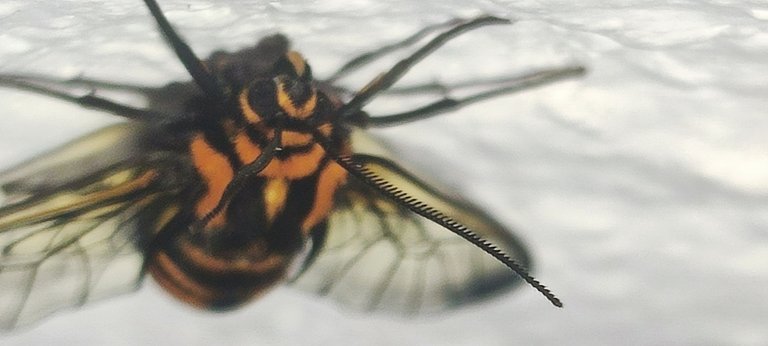
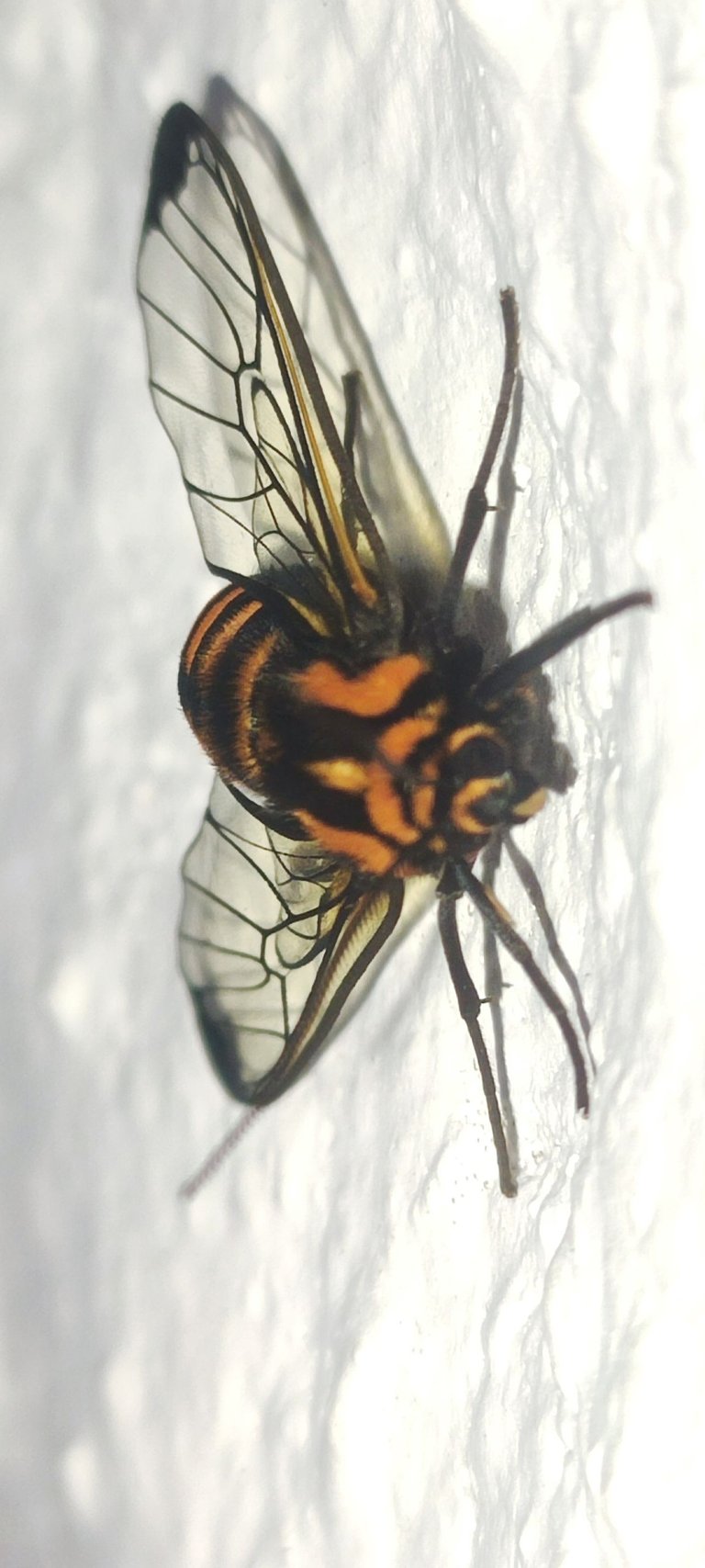

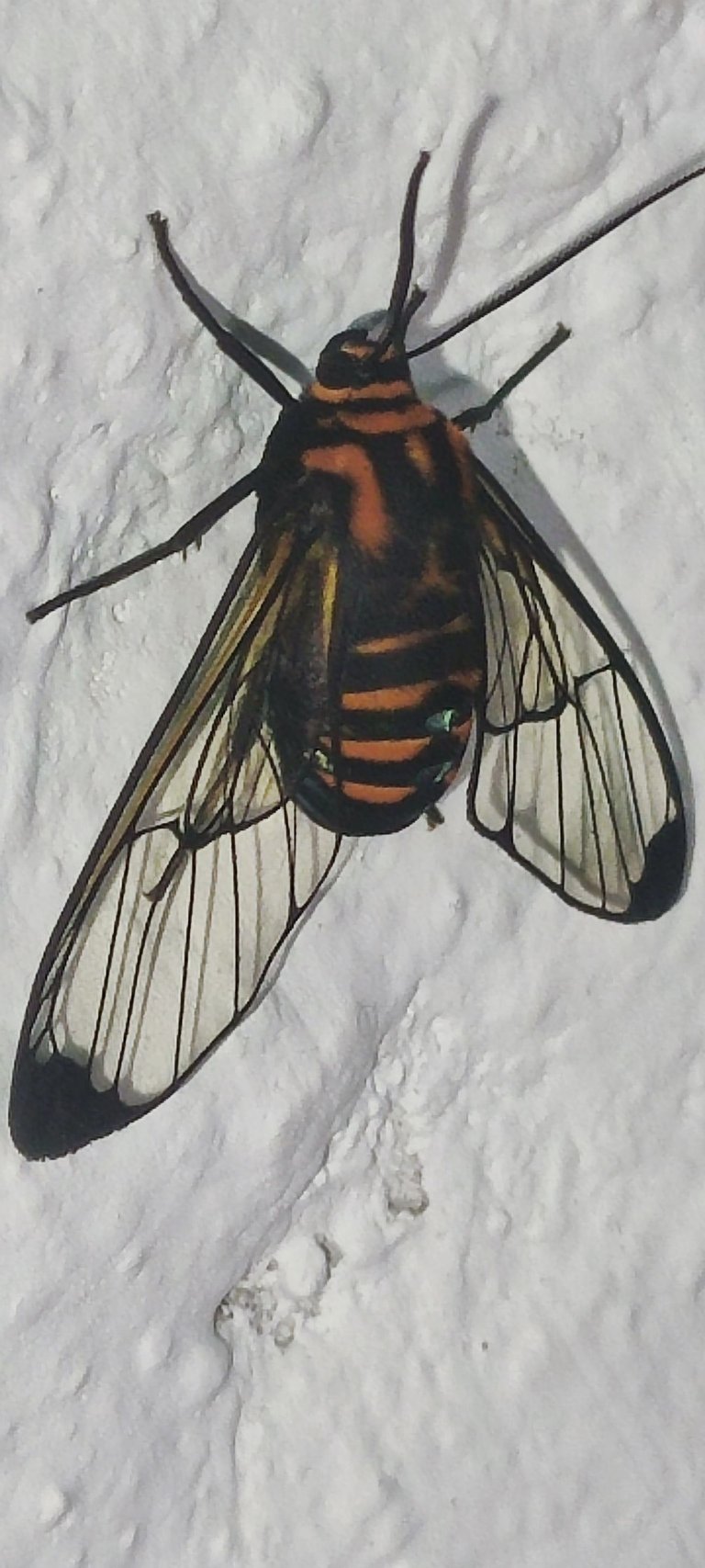
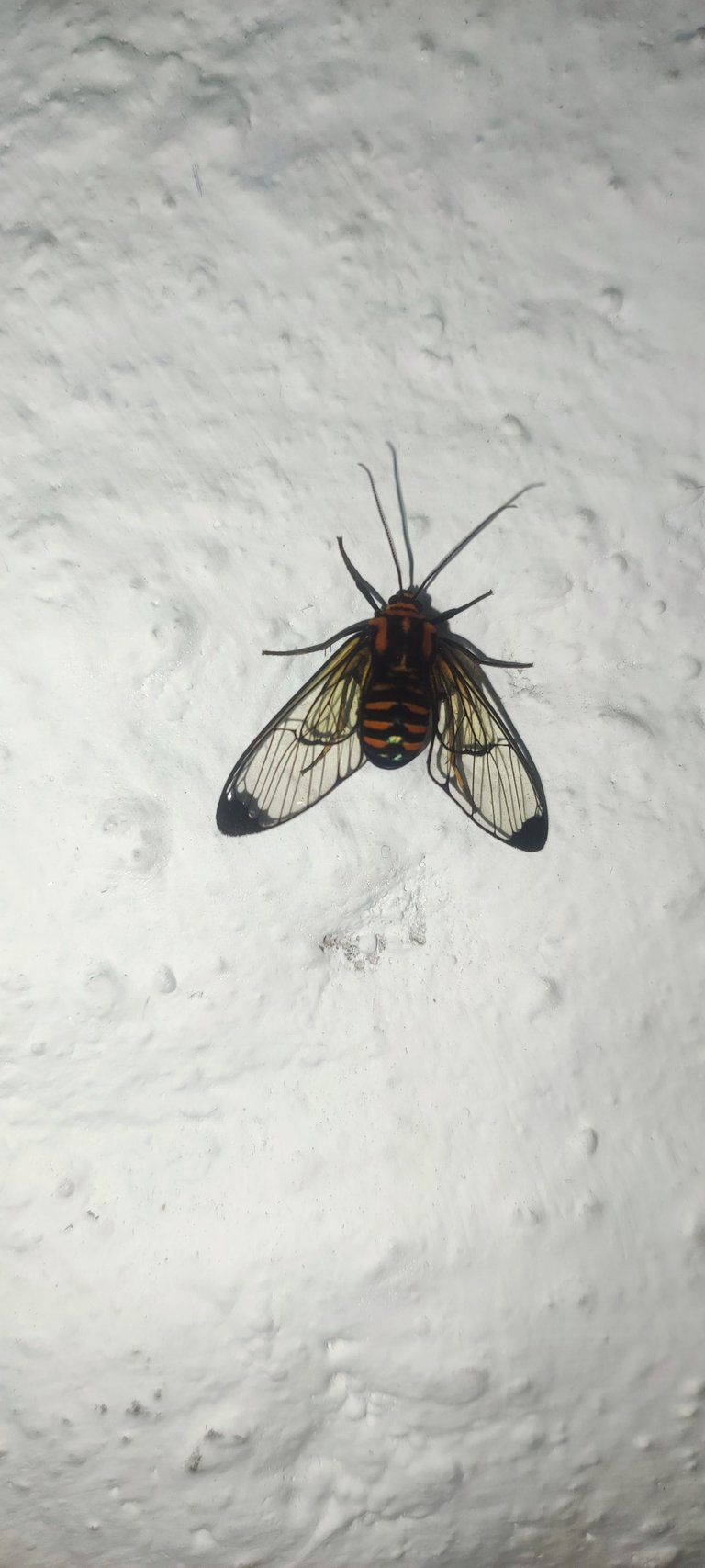

Gracias por leer y votar este post...
Un abrazo!
Hasta otra oportunidad!

Thank you for reading and voting this post...
A hug!
See you again!
La imagen principal del post fue creada por Diseñador
Designer Con tecnología de DALL·E 3 y editada con Canva
The main image of the post was created by Designer
Designer With DALL-E 3 technology and edited with Canva
Los separadores fueron hechos con Canva.
The dividers were made with Canva.
Para este post me apoye en Translated with www.DeepL.com/Translator (free version)
For this post I relied on Translated with www.DeepL.com/Translator (free version)
Nota: todas las imágenes son de mi propiedad, tomadas con mi movil Mi 11 Lite
Note: all images are my property, taken with my Mi 11 Lite mobile phone.
